
World History Trivia Quiz
Difficulty : Medium-Easy Get 7/10 correct to pass the quiz
Question 1 of 10
The government sent troops into which area of the UK to restore law and order in 1969?
Question 2 of 10
Which gun shelled Paris in World War I?
Advertisement
Question 3 of 10
Who was Franklin D. Roosevelt?
Question 4 of 10
In which year did the grand finale of World War II take place, marking the end of global chaos and the beginning of peace negotiations over who got the last piece of victory cake?
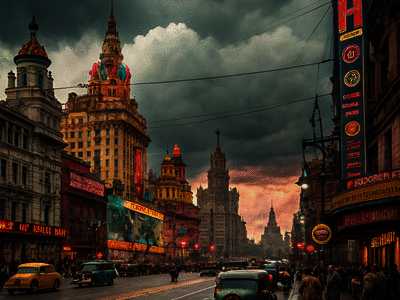
Question 5 of 10
Old Yeller was what type of animal?
Question 6 of 10
Which part of Victorian clothing might a crinoline have supported?
Question 7 of 10
In which city was the 1954 conference held which partitioned Vietnam into two parts?
Advertisement
Question 8 of 10
Which animal was sacred in Ancient Egypt?
Question 9 of 10
What type of car was John F. Kennedy riding in when he was assassinated?
Question 10 of 10
The 1960s design of Canada's flag was which colour with white?
Advertisement

MORE QUIZZES
Trivia Quiz for big brains
10 mixed questions
10 mixed questions

General trivia quiz with 10
10 questions in mixed categories
10 questions in mixed categories
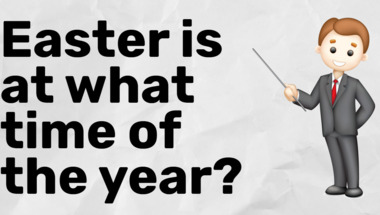
Mixed Knowledge Quiz
Are you 60 years or older?
Are you 60 years or older?
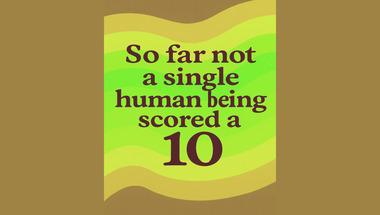
Quiz testing general knowled
Test your knowledge with these 10 questions.
Test your knowledge with these 10 questions.
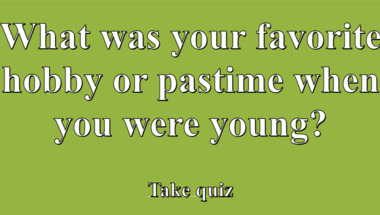
General Knowledge Quiz (10 q
Mixed category quiz
Mixed category quiz
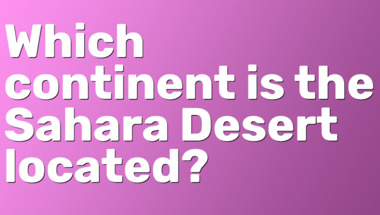
1960s Song Quiz
10 mixed questions
10 mixed questions

Food & Cooking Trivia Qu
10 home chef questions
10 home chef questions

Quiz : Historical Events
How many of them will you answer correctly?
How many of them will you answer correctly?

1960s Song Quiz
Can you name the artists?
Can you name the artists?
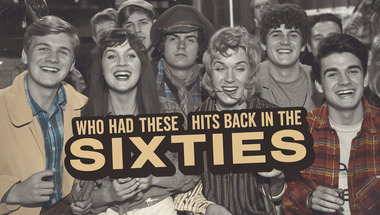
1960s Song Quiz
How many songs can you guess?
How many songs can you guess?
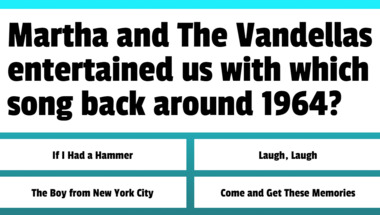
World History Quiz
Tell us your result in the comments
Tell us your result in the comments
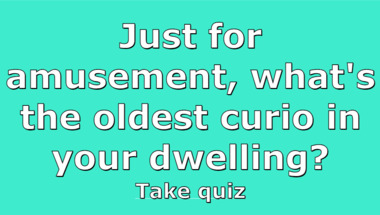
History trivia quiz
10 questions to answer
10 questions to answer
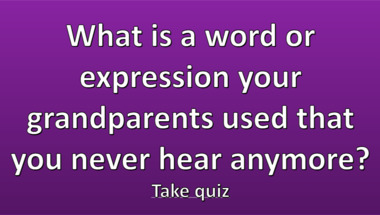
Advertisement
Quiz : We removed a word fro
Can you help us find the missing words?
Can you help us find the missing words?
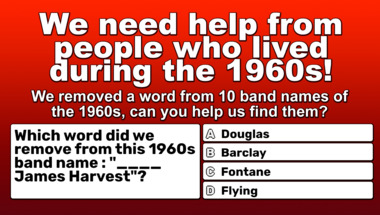
Trivia Quiz
10 questions to test your knowledge
10 questions to test your knowledge
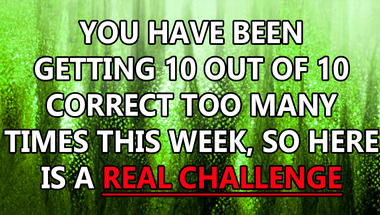
Mixed category questions in
10 questions of various topics
10 questions of various topics
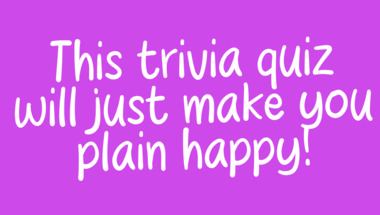
Tough trivia quiz
10 hard questions
10 hard questions
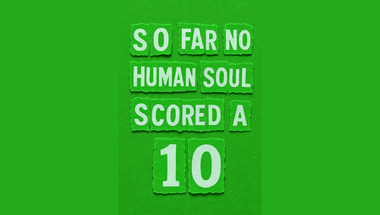
Trivia challenge
10 questions to battle
10 questions to battle
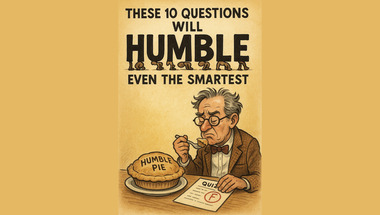
Trivia Quiz
We have 10 questions lined up for you
We have 10 questions lined up for you
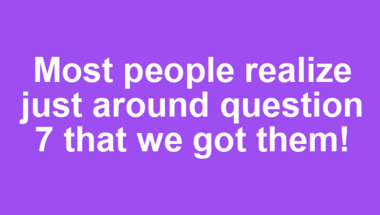
Quiz on General Trivia
10 questions challenging your knowledge
10 questions challenging your knowledge
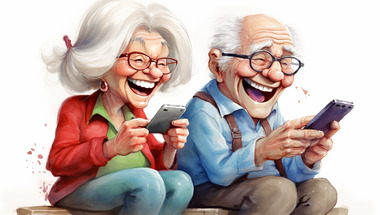
History Quiz
Theme : War
Theme : War
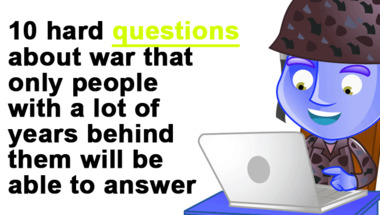
Science and nature quiz
10 questions
10 questions

Quiz about sayings
10 mixed questions
10 mixed questions
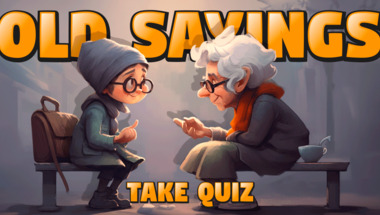
Human Body Trivia Quiz
10 Questions That You Will Fail Miserably
10 Questions That You Will Fail Miserably

Impossible geography quiz
10 quite thrilling questions
10 quite thrilling questions
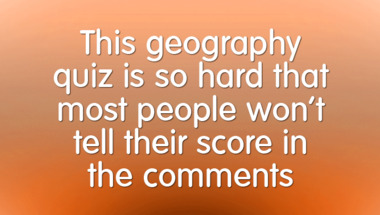
Advertisement
Quiz : US History 1970-1979
How many correct answers will you get?
How many correct answers will you get?

Medical & Health Trivia Quiz
Can you score higher than 5/10?
Can you score higher than 5/10?

Hard trivia quiz
10 mixed up questions
10 mixed up questions
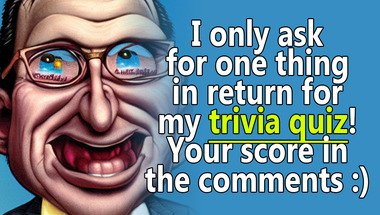
Trivia - Quiz
10 Mixed Questions
10 Mixed Questions
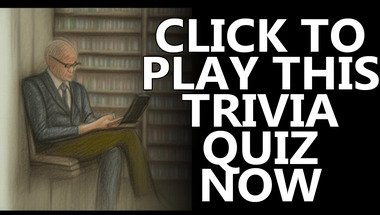
Mixed General Trivia Quiz
10 fun questions
10 fun questions
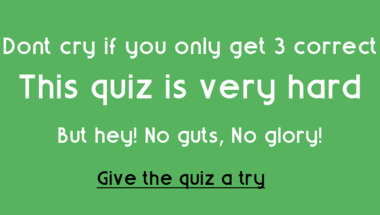
10 geography questions
How many correct answers will you get?
How many correct answers will you get?
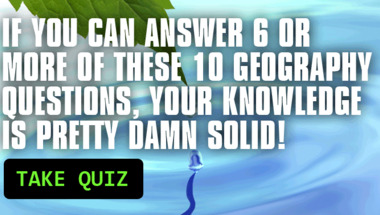
Trivia quiz for people who a
10 trivia questions in mixed categories
10 trivia questions in mixed categories
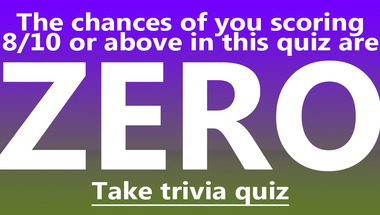
General Trivia Quiz
10 mixed questions
10 mixed questions
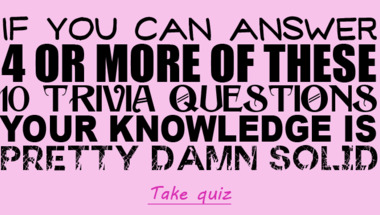
Quiz : Who is the lead singe
Let's see how smart you really are!
Let's see how smart you really are!

World History Trivia Quiz
10 mixed questions
10 mixed questions
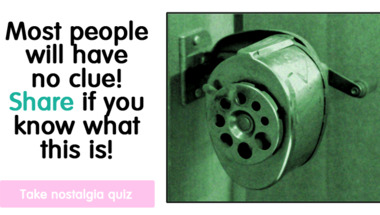
Mixed Trivia Quiz
And 10 more questions
And 10 more questions
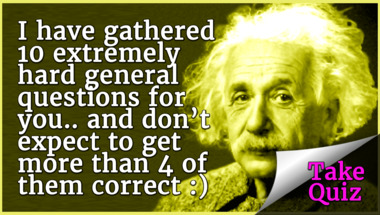
General Trivia 10 Question Q
Mixed Knowledge
Mixed Knowledge
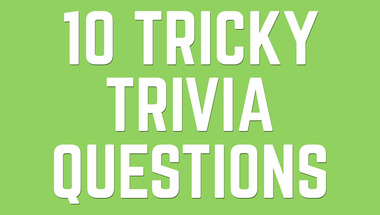
Advertisement
1970s Song Quiz
How many songs do you know?
How many songs do you know?
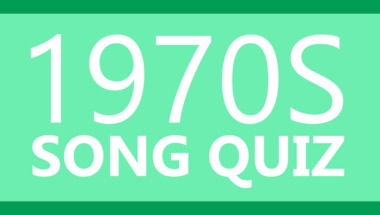
Medicine Trivia Test
Can you answer these 10 questions?
Can you answer these 10 questions?

10 geography questions
Will you fail this hard quiz?
Will you fail this hard quiz?

Trivia * Quiz
10 * Questions
10 * Questions

History Quiz : The year 1961
What do you remember?
What do you remember?
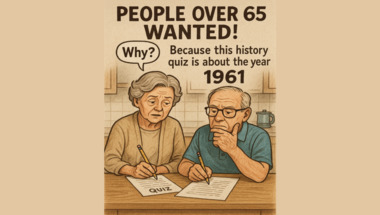
Quiz : General Trivia
10 mixed questions to challenge your knowledg..
10 mixed questions to challenge your knowledg..

Mixed Knowledge Quiz
10 mixed questions
10 mixed questions
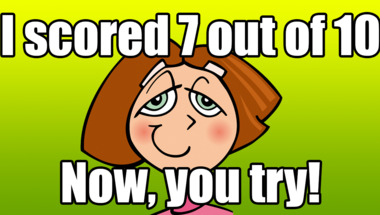
General trivia quiz for peop
How will you do in this fun pop quiz?
How will you do in this fun pop quiz?
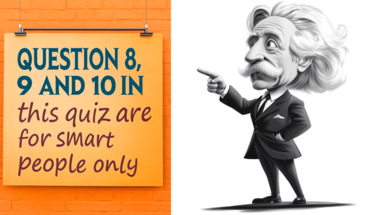
10 impossible questions abou
Most people wont even get 6 out of 10 correct
Most people wont even get 6 out of 10 correct
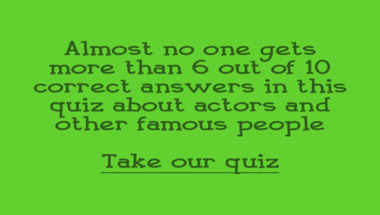
General trivia quiz
10 questions
10 questions

Food & Cooking Trivia Quiz
10 questions to eat
10 questions to eat
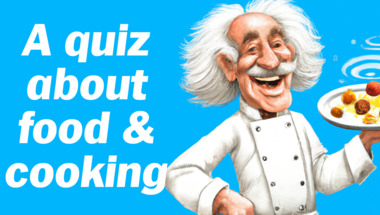
What do you know about World
10 hard questions that will test your knowled..
10 hard questions that will test your knowled..

Advertisement
10 movie questions
Can you even get 5 out of 10 correct?
Can you even get 5 out of 10 correct?
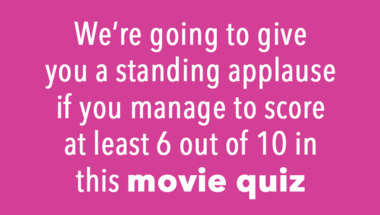
A quiz about food
10 questions lined up for you
10 questions lined up for you
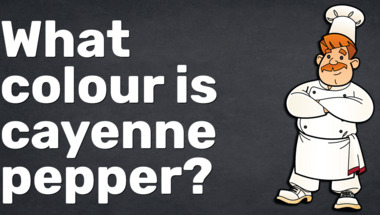
10 hand picked trivia questi
Let's see how smart you really are!
Let's see how smart you really are!
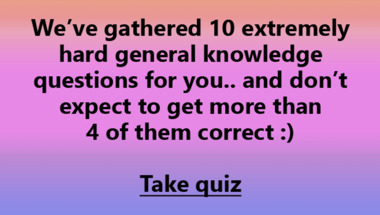
Food & cooking quiz
10 mixed questions
10 mixed questions

General Trivia Quiz
10 mixed general trivia questions
10 mixed general trivia questions
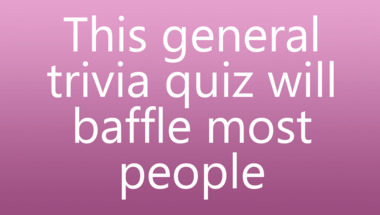
Movie Quiz
10 questions are waiting for you
10 questions are waiting for you

Quiz : Former country names
How many of them will you answer correctly?
How many of them will you answer correctly?
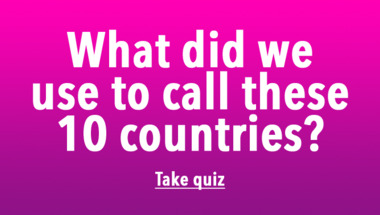
Super hard food and cooking
10 mixed questions
10 mixed questions

General trivia exam
10 mixed questions
10 mixed questions
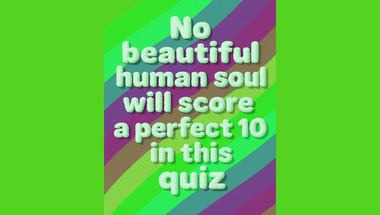
General Trivia Quiz
10 mixed genereal questions
10 mixed genereal questions
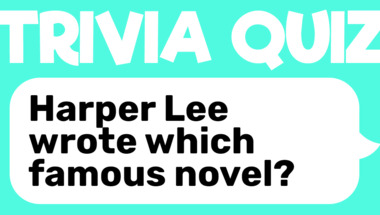
Smart enough for this trivia
10 hard trivia questions
10 hard trivia questions

The Ultimate Brain Test
Are you a knowledge genius?
Are you a knowledge genius?
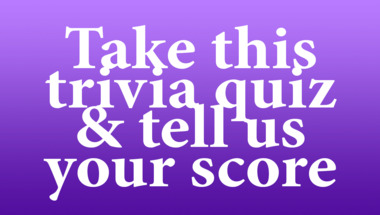
Advertisement
General trivia quiz
10 questions
10 questions
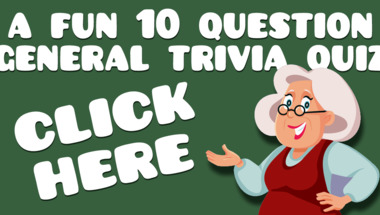
Mixed trivia quiz for all of
Most people wont even get 7 out of 10 correct
Most people wont even get 7 out of 10 correct
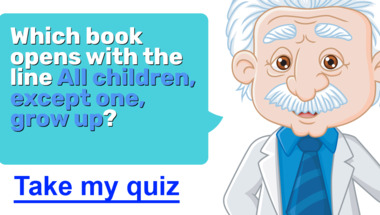
Only a chef will master this
Normal people will 4 or less correct on avera..
Normal people will 4 or less correct on avera..

Movie Quiz
10 questions
10 questions
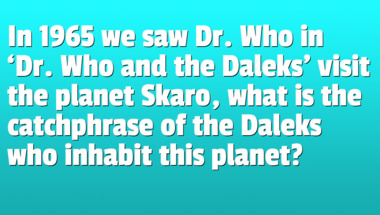
Trivia quiz for A+ students
10 tricky questions
10 tricky questions
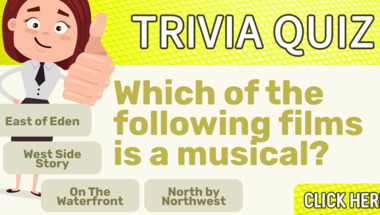
Hard Trivia Quiz
Will you even get 5 questions right?
Will you even get 5 questions right?
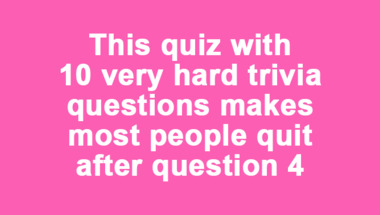
General Trivia IQ challenge
Is your IQ high enough for these questions?
Is your IQ high enough for these questions?
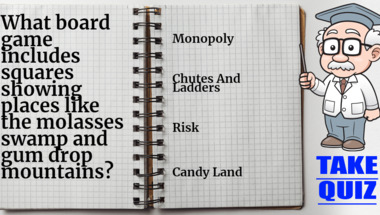
Trivia quiz for people over
10 mixed trivia questions for you
10 mixed trivia questions for you
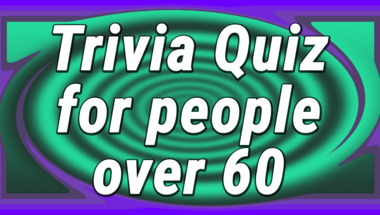
Movie Quiz
10 questions
10 questions
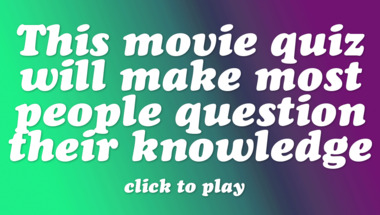
It's quiz time!!!.. General
10 Impossible Questions
10 Impossible Questions

Smart People Usually Love Tr
So Are You Up For The Challenge?
So Are You Up For The Challenge?

Trivia IQ challenge for ever
10 questions to measure your knowledge
10 questions to measure your knowledge
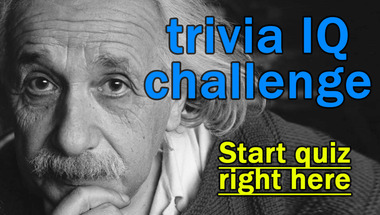
Advertisement
Movie Quiz
10 questions
10 questions
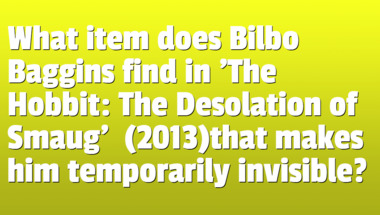
Food/Cooking Quiz
10 interesting questions
10 interesting questions
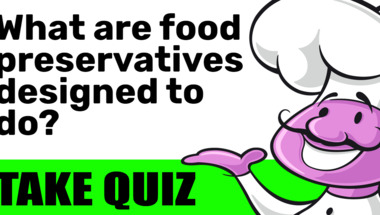
Quiz about Old Sayings
How many correct will you get?
How many correct will you get?
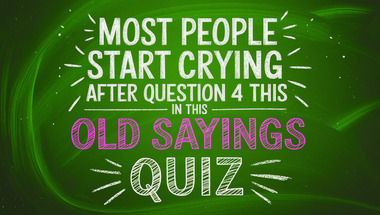
Science and more quiz
10 expert questions
10 expert questions
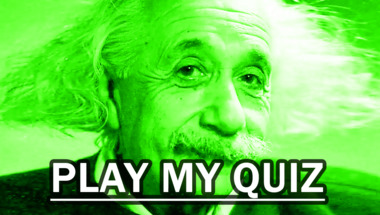
Movie quiz
10 questions to test your knowledge
10 questions to test your knowledge

1960s Song Quiz
How many songs can you guess?
How many songs can you guess?
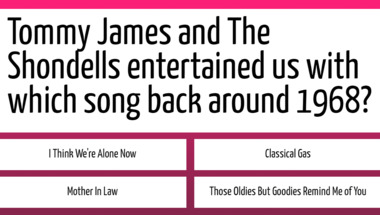
Quiz for people 50+
10 mixed questions
10 mixed questions
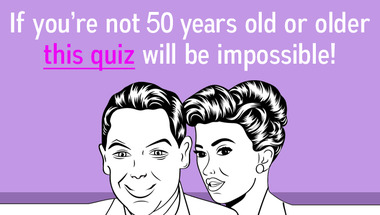
Geography Quiz
10 mixed questions
10 mixed questions
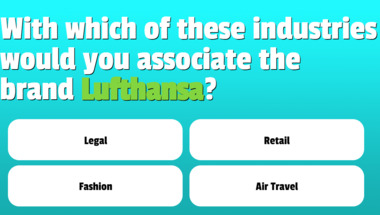
General Knowledge Quiz (10 q
10 mixed category questions
10 mixed category questions
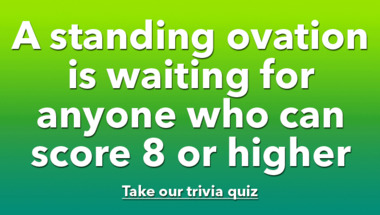
Trivia Quiz for everybody
Post your score in the comments!
Post your score in the comments!

Quiz : We removed a word fro
How many of the words can you find?
How many of the words can you find?
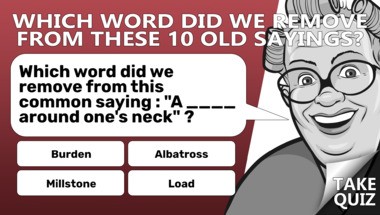
A quiz designed for intellec
Kindly share your score in the science quiz o..
Kindly share your score in the science quiz o..

Advertisement
Hard trivia quiz
10 mixed up questions
10 mixed up questions
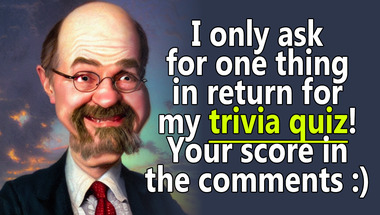
Super hard food and cooking
10 mixed questions
10 mixed questions

1980s Lyrics Quiz
Do you remember all these famous songs?
Do you remember all these famous songs?
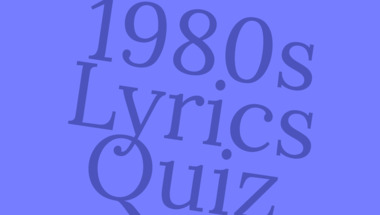
Genius Trivia Test
How many correct will you get?
How many correct will you get?
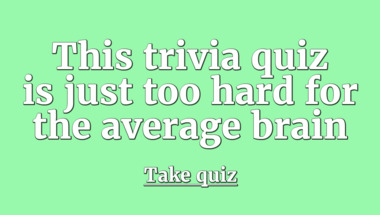
Movie Quiz
10 questions
10 questions

10 trivia questions
How many correct will you get?
How many correct will you get?
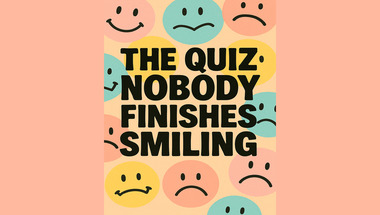
Trivia Quiz : General Knowle
10 quite impossible questions
10 quite impossible questions

Trivia Owl : How smart are y
10 trivia questions in mixed categories
10 trivia questions in mixed categories
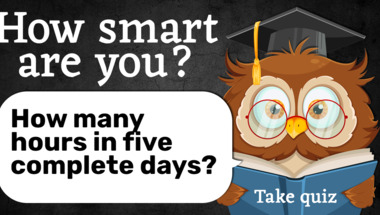
..ooOOoo.. Trivia Quiz ..ooO
How big is your brain?
How big is your brain?
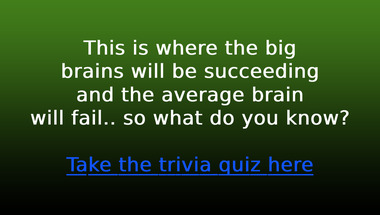
Quiz : Match the 1969 artist
10 questions to test your knowledge
10 questions to test your knowledge

Business & Technology Tr
10 questions to test your knowledge
10 questions to test your knowledge
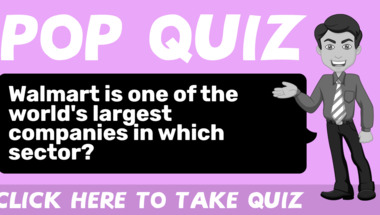
1960s song quiz
10 songs to guess
10 songs to guess
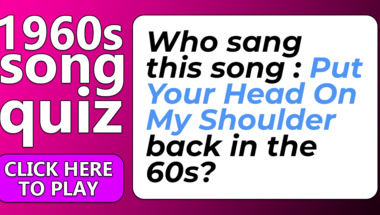
Advertisement
10 mixed categories question
How smart are you really?
How smart are you really?

Trivia Quiz : 10 general kno
Are you up for a quiz?
Are you up for a quiz?
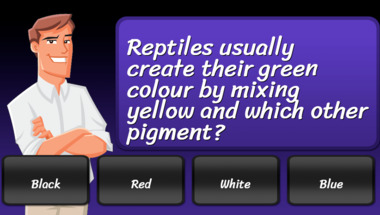
1960s Lyrics Quiz for music
Did you live in the 1960s?
Did you live in the 1960s?
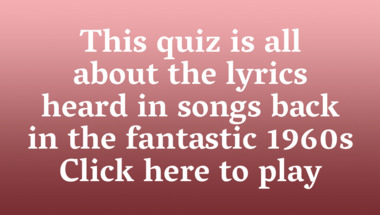
Food & Cooking Quiz for ever
10 mixed questions
10 mixed questions

History Quiz (Super Hard)
Anything above 4 correct = you passed!
Anything above 4 correct = you passed!

General Knowledge Quiz (10 q
10 questions to test your knowledge
10 questions to test your knowledge
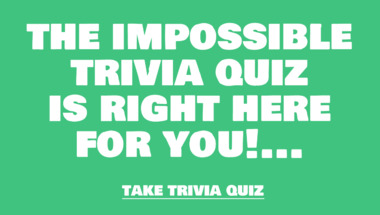
Trivia Quiz created by a mou
Get 8 right to taste the cheese!
Get 8 right to taste the cheese!
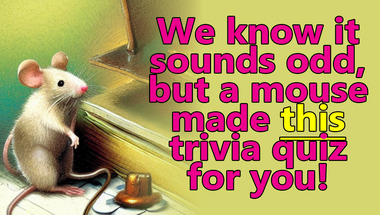
Mixed category trivia quiz
Genius Level
Genius Level
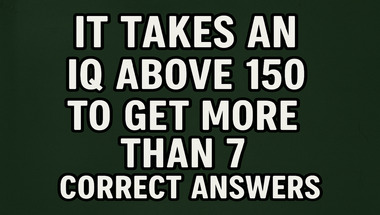
Quiz : European History 1940
Let us know your score in the comments
Let us know your score in the comments
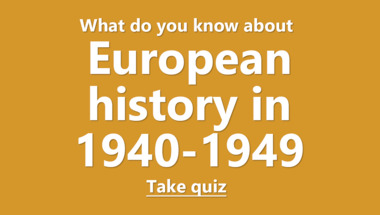
Hard trivia quiz
10 mixed general trivia questions
10 mixed general trivia questions
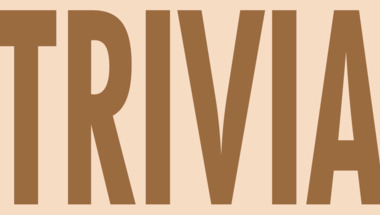
Moron test
Will this trivia quiz expose your inner moron..
Will this trivia quiz expose your inner moron..
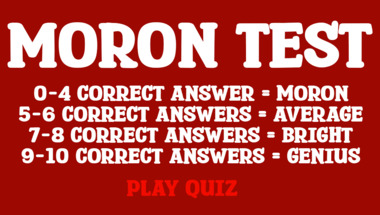
Literature Trivia Quiz
Only a genius will get more than 5 correct
Only a genius will get more than 5 correct

Advertisement
Song Quiz : The 1960s
Tell us your result in the comments!
Tell us your result in the comments!
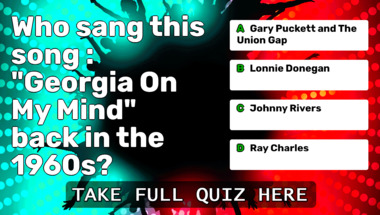
*** TRIVIA QUIZ ***
*** HOW HIGH CAN YOU SCORE? ***
*** HOW HIGH CAN YOU SCORE? ***
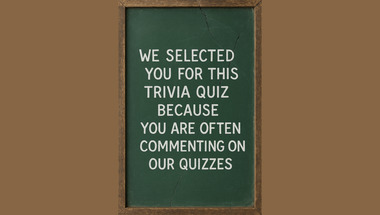
Test your knowledge with thi
Answer 10 enjoyable trivia questions
Answer 10 enjoyable trivia questions
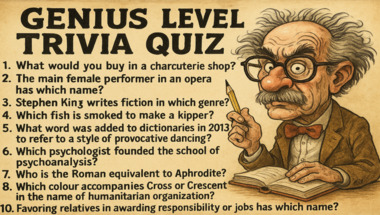
Capitals of the world quiz
How many of the world capitals do you know?
How many of the world capitals do you know?
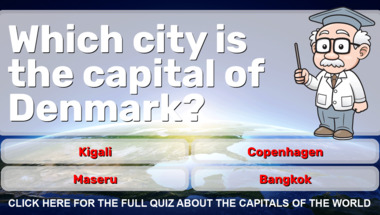
10 mixed categories question
Let's see how smart you really are!
Let's see how smart you really are!
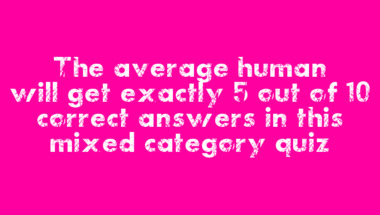
Mixed Trivia Quiz
Let us know your score in the comments
Let us know your score in the comments

General trivia quiz
10 mixed questions
10 mixed questions
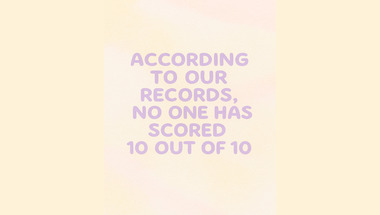
Food Quiz
10 mixed questions for you
10 mixed questions for you
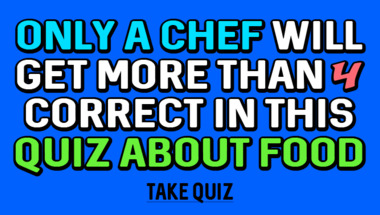
A quiz for home cooks and fo
10 very difficult questions
10 very difficult questions
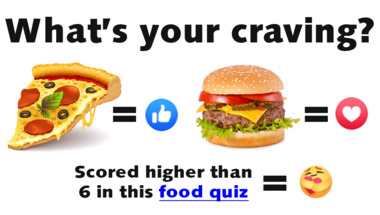
10 trivia questions
Mixed Knowledge quiz
Mixed Knowledge quiz
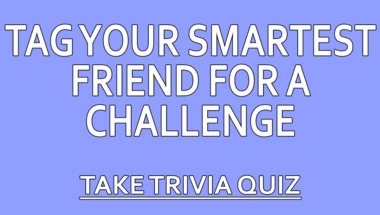
General Trivia 10 Question Q
Mixed Knowledge
Mixed Knowledge
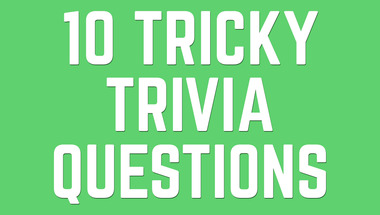
A challenging quiz of genera
There are 10 questions that require your resp..
There are 10 questions that require your resp..
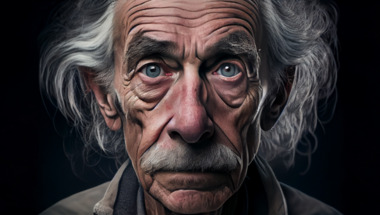
Advertisement